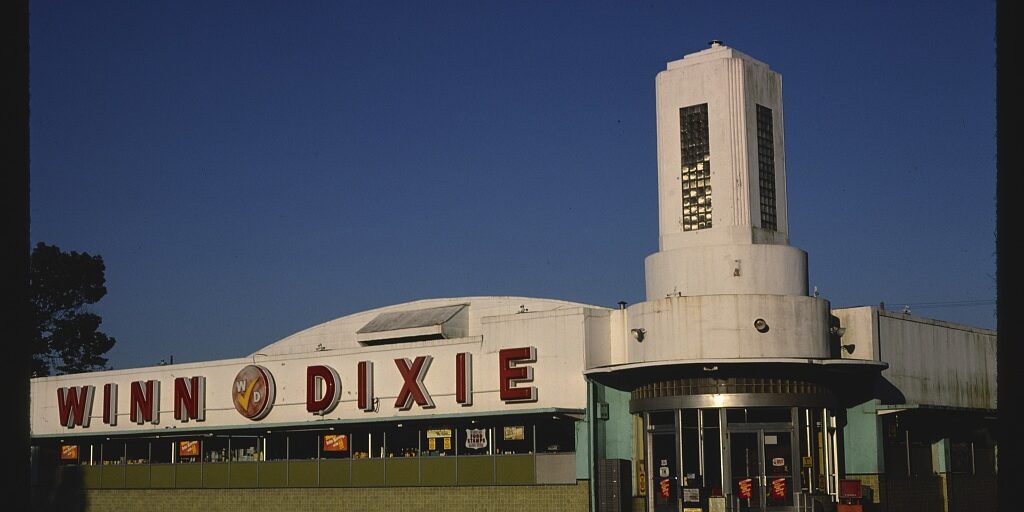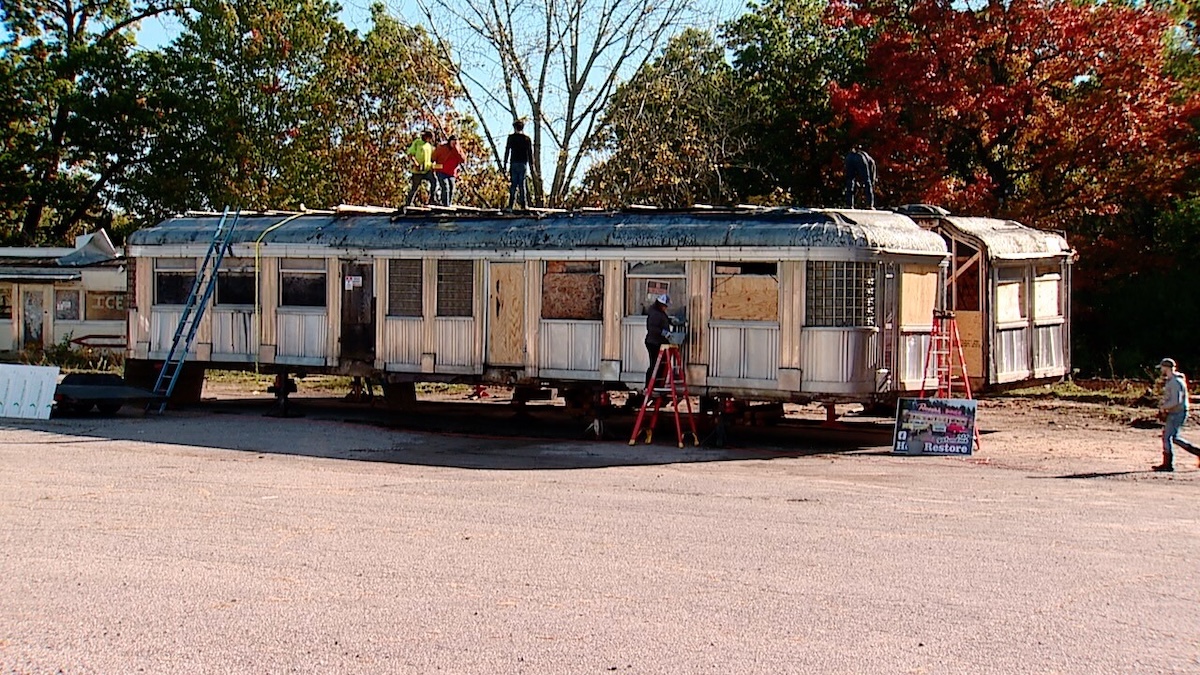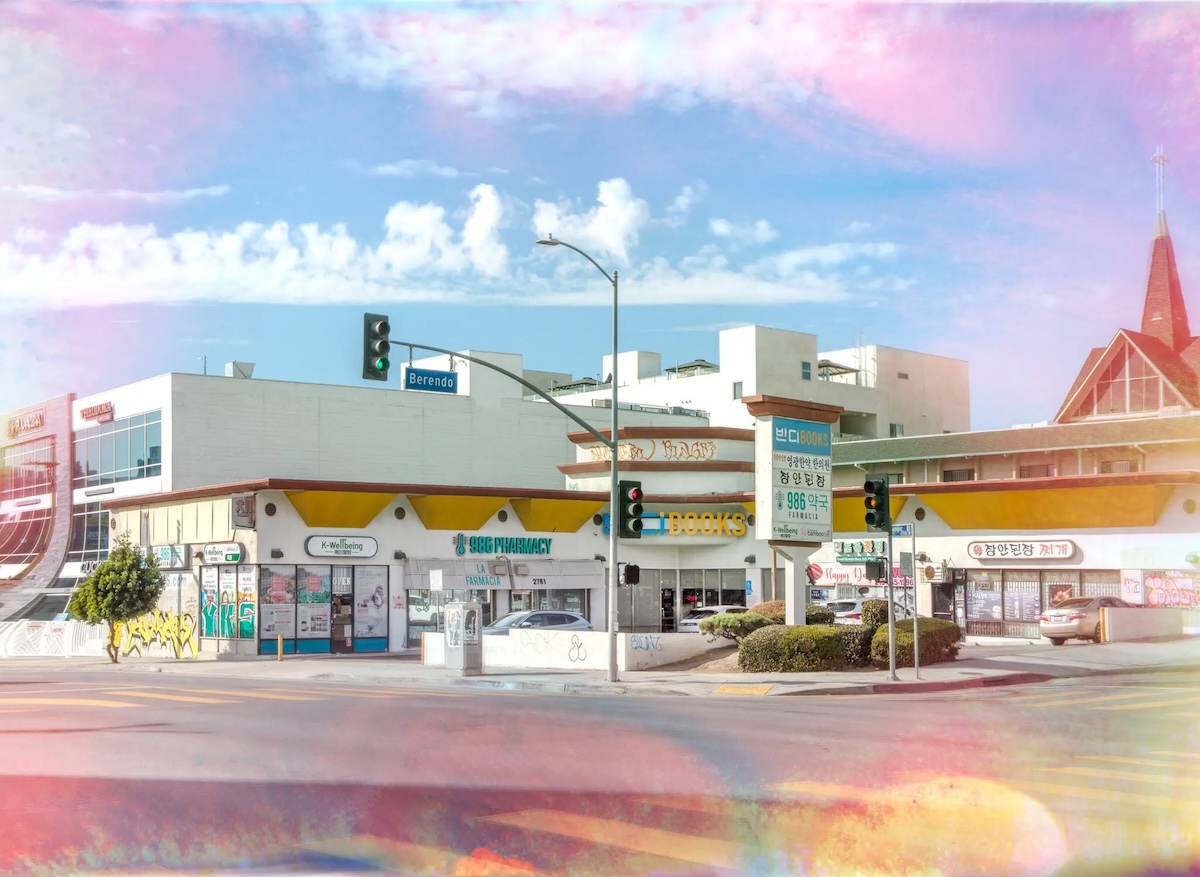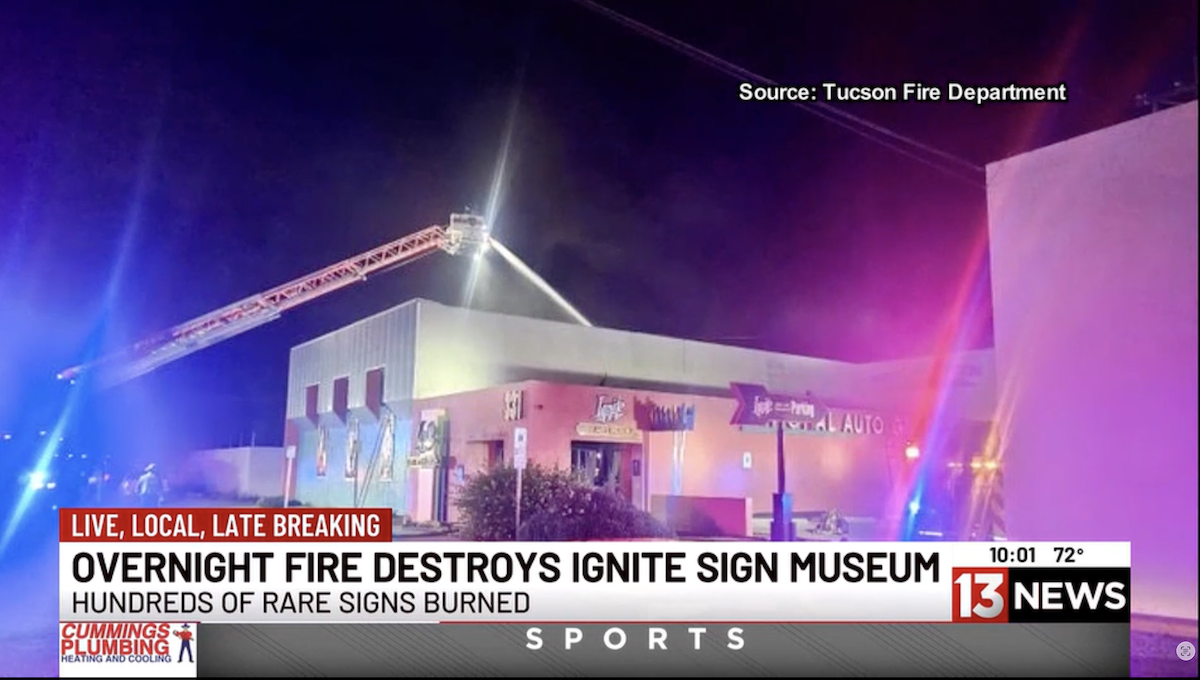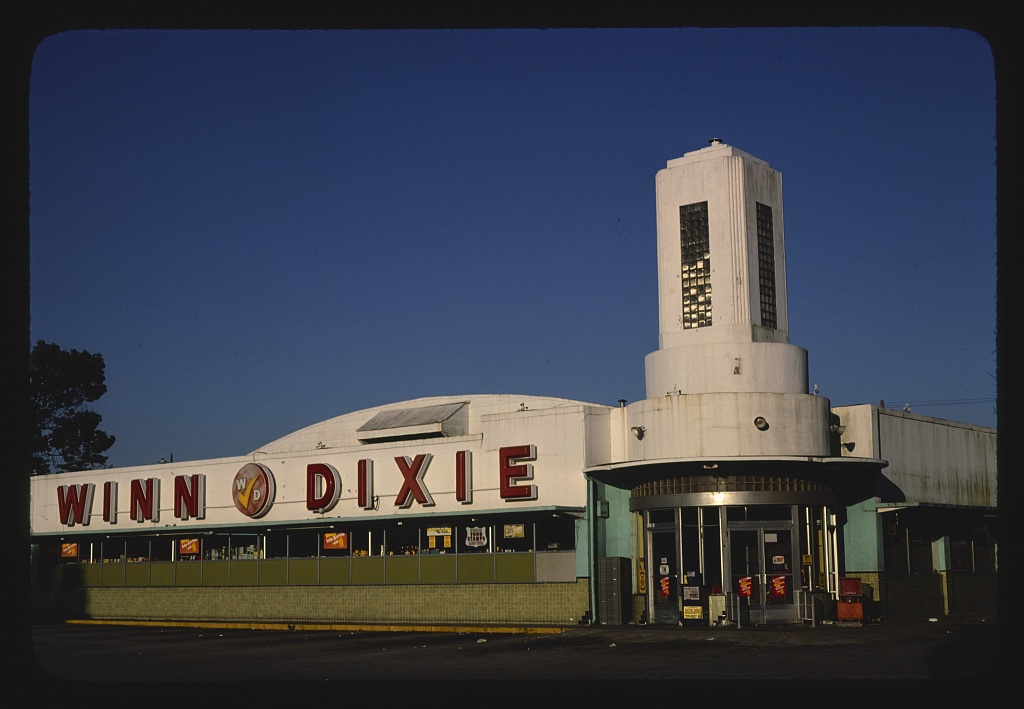100 Years of the Motel
The photographer Carol Highsmith has spent decades documenting all 50 states, a mission that has encompassed countless motel signs. Carol Highsmith, via Library of Congress
From The New York Times: The motel might seem like an ageless fixture of the American landscape, but in fact, this roadside mainstay didn’t exist before Dec. 12, 1925.
That’s when Arthur and Alfred Heineman, two brothers with a successful Southern California architecture practice, opened the Milestone Mo-Tel, the first “motor hotel,” in San Luis Obispo, roughly halfway between San Francisco and Los Angeles.
At the time, motorists had limited options. Their dust-covered clothes hardly suited the highbrow standards of most hotels, and parking in cities could be challenging. So many drivers stayed in autocamps, roadside resting places that sometimes offered basics like firewood and communal bathrooms, pitching tents off their running boards and cooking underneath the stars.
Iconic Rosie’s Diner moving to Alabama for restoration
Photo by: Daren Bower
From Fox17: ALGOMA TOWNSHIP, Mich. — The iconic Rosie’s Diner, which has sat closed in Rockford, is being relocated to Alabama for restoration.
New owner Brian Barnett is moving the famous diner to Hammondville, Alabama, after purchasing it along with the Old Bar Diner five months ago.
“I started trying to buy one in Massachusetts, and that deal fell through, and this diner came up,” Barnett said.
The Case for Strip Malls, the Antidote to Shiny, Soulless City Luxury
Photo illustration by Matthew Brandt
From The New York Times: There are some streets in Manhattan where, while staring at a glass-fronted Blank Street Coffee or a PlantShed or a stray Strand Book Store location, I lose track of where I am. Lower East Side? Chelsea? Lincoln Square? This summer, a friend and I walked through SoHo, talking about a movie we had just seen, when a throng of outdoor diners broke my concentration: That initially charming dinner crowd gathered on the sidewalk were twirling their forks at Fumo, a chain I recognized from its Harlem location. And its Upper West Side location, not to mention its Chelsea location, and probably several other locations I am forgetting.
As far as Italian food goes, Fumo is almost uniformly delicious. That uniformity is the problem. Fumo’s Instagram-ready beauty is recognizable to anyone who has lived in New York, or inside social media, in the last five years: plenty of windows, plenty of (sometimes fake) plants, plenty of white and green paint on the facade. Of course, the restaurant is also popular on TikTok, where users praise its $12 pasta deal, fried mozzarella and blindingly white interiors.
We’ve moved beyond what the magazine n+1 identified as the unadorned qualities of post-2008 cityscapes. That insubstantial, flat and gray “fast-casual modernism” is complemented by a social-media-approved cookie-cutter skin that has been thrust upon our major and midsize cities in a dismal consensus. It’s no surprise that New York is getting its very own versions of two neo-yuppie Los Angeles mainstays: the meme-ified health-food store Erewhon and the Los Feliz cafe Maru (which I love, of course). America’s two largest cities have most quickly been reshaped by the internet, succumbing to an epidemic of increasingly blank streets for the moneyed classes, the bicoastal and the terminally online people who covet luxury. It’s possible now to walk down Columbus Avenue and mistake it for Abbot Kinney in Venice Beach.
As a solution, I present a hated staple of American urban infrastructure: the strip mall.
Tiny Kansas town wants to boost tourism by creating the world’s largest teapot
The Belle Plaine Community Foundation has big plans to turn the city’s old water tower into the world’s largest teapot. Jaime Green The Wichita Eagle
From The Wichita Eagle: The big ball of twine in Cawker City. The giant Van Gogh painting in Goodland. The Big Brutus electric shovel in West Mineral.
All are included on an elite list of quirky roadside attractions in Kansas that are famous for being unusually large. And all reside in Kansas towns that are unusually small.
Now, a small town near Wichita is attempting to join that list, and it has until 5 p.m. on Friday, Oct. 31, to raise enough money to pull it off.
Fire destroys part of historic Ignite Sign Art Museum
From KOLD: TUCSON, Ariz. (13 News) – Just days after more than 80 historic pianos were destroyed in a fire, hundreds of pieces of art were lost during a blaze in Tucson.
Late Saturday, Oct. 18, the Tucson Fire Department responded to a fire at the Ignite Sign Art Museum.
The TFD said it sent 22 units to battle the blaze at 331 South Olsen Avenue, which is near Broadway and Tucson Boulevard.
Thanks for the memories, Winn-Dixie. Let’s look at photos of the grocery chain through the years
Winn-Dixie Super Market, Jacksonville, Florida, 1979. John Margolies via the Library of Congress
From AL.com: Winn-Dixie stores will be closing its last 20 grocery stores in Alabama and we wanted to take the time to remember the beloved chain that has been around for 100 years.
Southeastern Grocers, owners of the chain, announced Tuesday that Winn-Dixie stores will remain only in Georgia and Florida, which will include 130 grocery stores and 140 liquor stores, according to AL.com reporter William Thornton. Stores in Alabama, Louisiana, Mississippi and several in Georgia will be sold to other grocery companies.
At its peak, the company had dozens of stores across Alabama. The history on its website says it is “one of the largest conventional supermarket companies in the U.S., serving customers in brick-and-mortar grocery stores and liquor stores, as well as online with convenient grocery delivery throughout the Southeast.”


